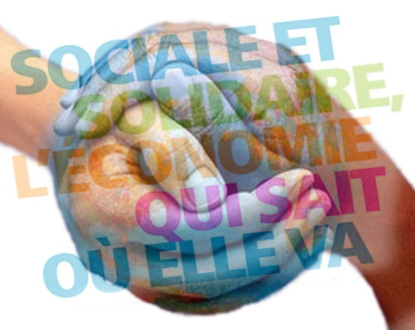The Social and Solidarity Economy covers a wide and heterogeneous range of fields: social action, industry, health, education, sports, and agriculture. The Social and Solidarity Economy represents nearly 10% of public and private employment in France (2.3 million employees representing 53.1 billion euros in gross salaries), generates an estimated turnover of over 360 billion euros, and accounts for between 6 and 7% of the French GDP.
The Social and Solidarity Economy is made up of four types of structures: associations, cooperatives, mutual societies, and foundations.
Associations constitute 85% of the structures in the Social and Solidarity Economy.
Beyond quantitative aspects, the Social and Solidarity Economy upholds strong principles: freedom of membership, democratic governance, and the social utility of the project.
The Social and Solidarity Economy (SSE) does not have a definition officially established by law.
However, several elements affirm its structure:
The National Liaison Committee for Mutual, Cooperative, and Associative Activities (CNLAMCA), which became the Council of Social Economy Enterprises, Employers, and Groups (CEGES), bringing together the actors of the Social and Solidarity Economy, published a charter in 1980.
In 2001, the Permanent European Conference of Cooperatives, Mutual Societies, Associations, and Foundations developed a common declaration of principles for all European SSE actors.
Currently, the Higher Council of the Social Economy is working on formulating proposals for drafting a framework law officially establishing the SSE in France.


